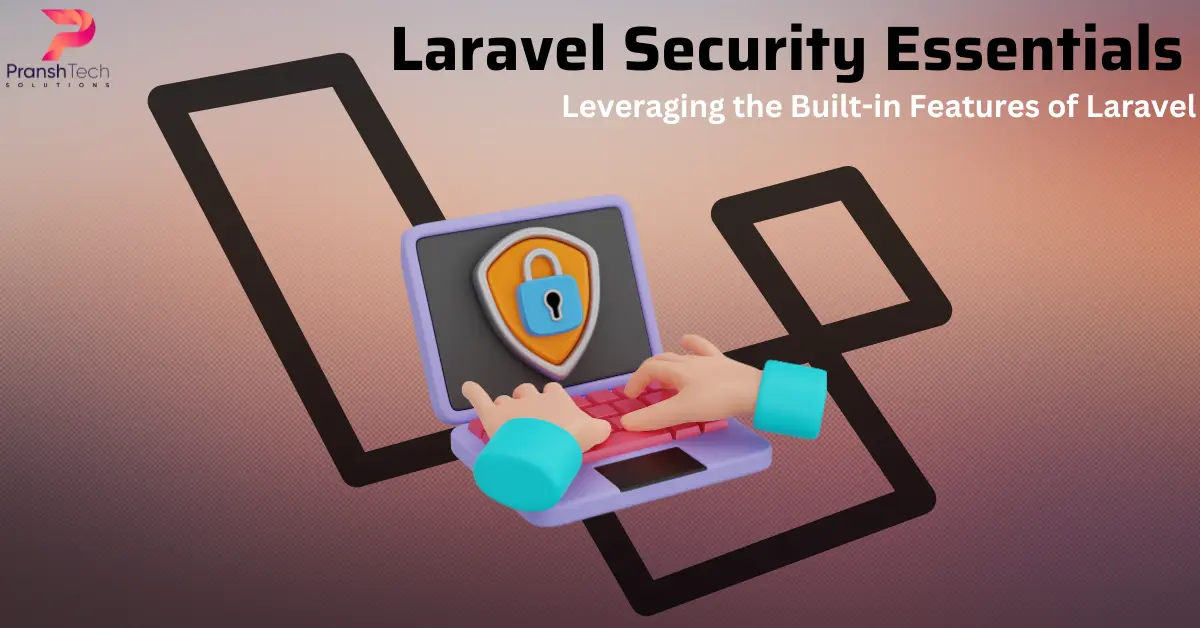Tag: Laravel Security Essentials

Laravel Security Essentials: Leveraging the Built-in Features of Laravel
Explore Laravel Security Essentials: password hashing, XSS protection, CSRF prevention, rate limiting, validation, encryption, HTTPS, authentication guards, middleware, and more. Trust Pranshtech for expert Laravel security solutions.
 Kishan Patel
Kishan Patel February 22, 2024



